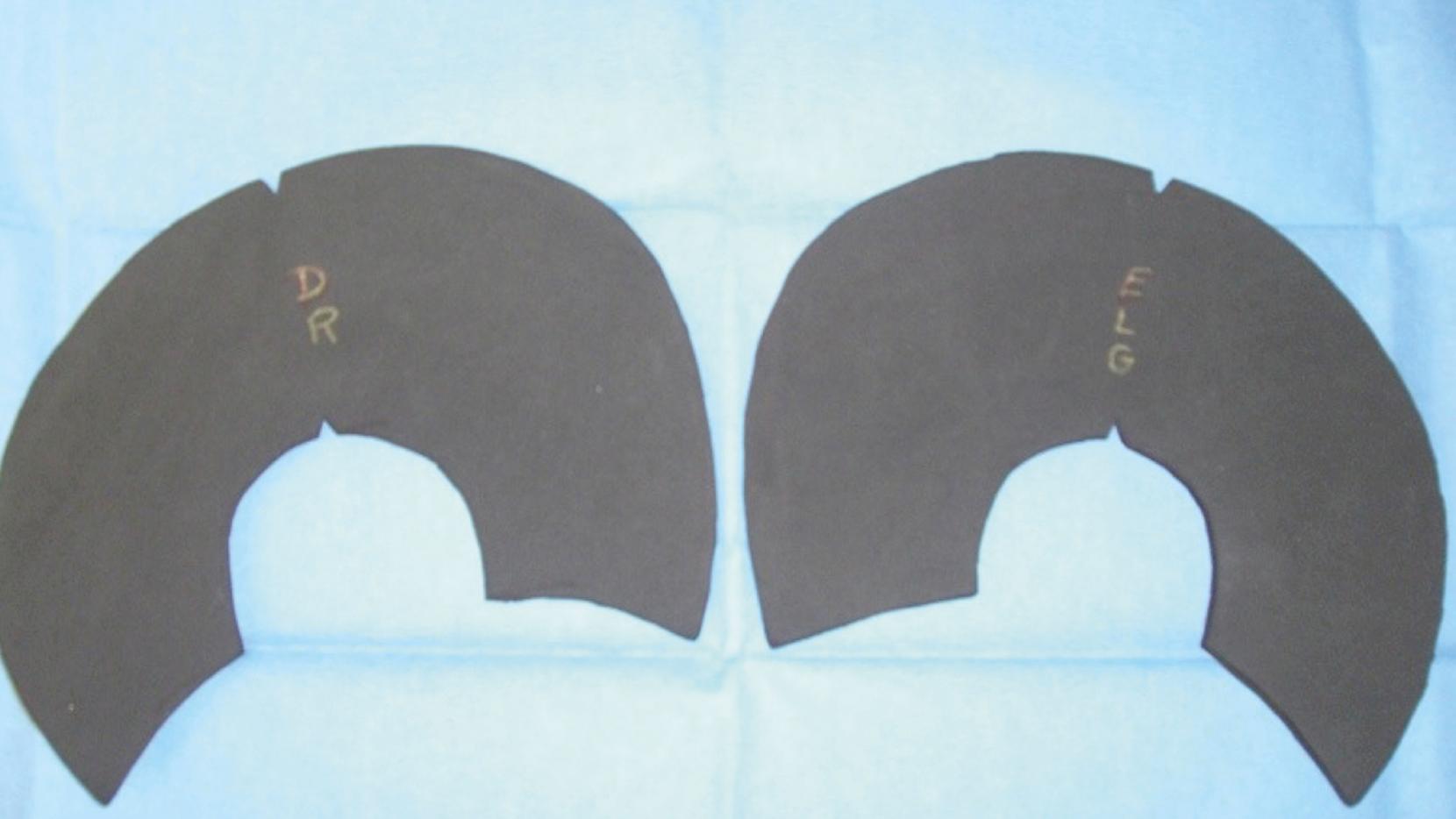Physical Address
304 North Cardinal St.
Dorchester Center, MA 02124
Breast reduction and breast lift are widely performed procedures, with over 100,969 surgeries reported by American Society of Plastic Surgeons members in 2016. Patients seek surgery not only for the improvement of symptoms associated with macromastia but also because of concerns over the role of the breasts in body harmony and overall aesthetics. After surgery, patients report an improvement in the quality of their life, as the symptoms are resolved. It is also expected to enhance the patient’s self-esteem and well-being overall.
A variety of techniques have been described, with different types of pedicles supplying the nipple–areola complex (NAC), and different results concerning to shape, upper pole projection and resulting scars. The skin excision pattern may start in a simple periareolar design and progress to a circumvertical arrangement or be tailored as an inverted-T, using different templates. The main goal would be to restore a pleasant configuration to the breast mound, making it functionally adequate by reducing its weight and symptoms generated by the ptosis. Results also must be aesthetically compatible to the patient’s body shape and desire, providing long-lasting breast lifts. Lack of longevity of the results and complexity of the techniques have been the main reasons that many autologous techniques for breast reshaping have not become very popular compared to a much easier excision of greater amounts of tissue and placement of breast implants, despite the many complications and revisions that may result from this techniques.
The senior author’s preferred technique for breast reshaping combines a superiorly based NAC pedicle with an inferior parenchymal flap, rearranging the breast tissue and providing an aesthetically improved breast mound shape, with an inverted-T scar pattern. A modified Wise pattern, designed by Rezende ( Fig. 22.1 ), is used for the initial markings and the inferior parenchymal flap is marked as the dermo-lipoglandular flap described by Liacyr Ribeiro in 1971. Ribeiro’s flap was initially described as a “safety flap,” maintaining the inferior breast tissue attached, instead of proceeding with the usual resection of this region in all superior pedicle techniques. In the technique here described, the flap is used mainly as an “autoprosthesis”, for the projection of the breast mound in a conical and aesthetic shape.

Breast reshaping combined with a breast lift is indicated for treatment of symptoms related to macromastia, such as mitigating back, neck, and shoulder pain; intertriginous skin irritation; or infection resulting from contact and friction to the abdominal skin. By reducing the breast volume and reshaping it, a better proportion between the patient’s breast and body size can be achieved, improving the patient’s body image and also allowing physical activities that could have been limited by breast redundancy and weight.
This technique can be performed primarily in any patient desiring breast reshaping. It is especially important for patients with ptosis as the sole chief complaint, instead of those who need to reduce a great amount of volume besides reshaping the breast mound. Remodeling the mammary tissue with an inferior flap will enhance the breast upper pole fullness and its projection overall in a long-lasting manner, in contrast to traditional mammaplasties that can result in early ptosis recurrence or the feared “bottoming-out” deformity. The redistribution of breast parenchyma in a conical and firmer shape resembles more of a natural implant.
Tobacco/nicotine use is an absolute contraindication to any reduction mammaplasty or mastopexy. The risk of skin loss and fat necrosis is reduced if patients cease smoking for a minimum of 6 weeks.
The patient’s personal data, such as age, height, weight, number of pregnancies, and the desire for new pregnancies must be observed and documented. The main patient complaints (as to size, shape, base width, and ptosis degree) and visual asymmetries are fundamental aspects to consider. Unrealistic expectations must be promptly detected and evaluated before any procedure. If patients cannot have realistic expectations, do not operate.
Preanesthetic assessment involves regular blood tests (complete blood count) and preoperative mammogram for patients over 40 years of age. Systemic illnesses such as hypertension and diabetes are commonly associated with increased incidence of wound healing problems. Cardiopulmonary insufficiency and collagen diseases also may disrupt wound healing and the viability of flaps and must be identified before surgery. Note that any previous breast surgery or breast biopsies must be investigated because it can affect the vascularity to the NAC.
Become a Clinical Tree membership for Full access and enjoy Unlimited articles
If you are a member. Log in here